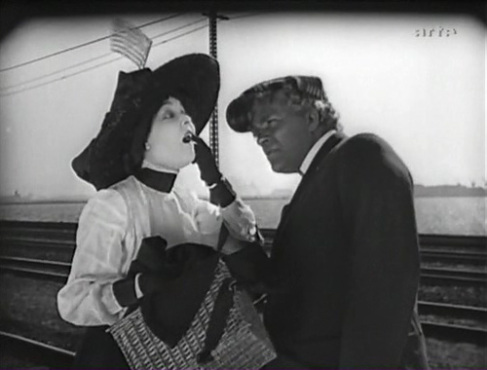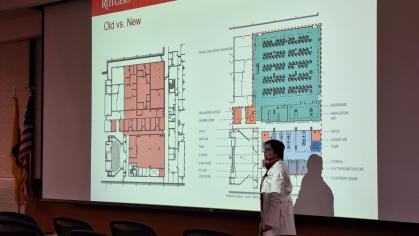Silent Film Classic Paints Portrait of Dentistry Circa 1900s
 McTeague examines the molar of his future wife, played by ZaSu Pitts.
McTeague examines the molar of his future wife, played by ZaSu Pitts.
Critics hail it as one of the greatest movies of all time —and it was about a dentist. Erich Von Stroheim’s silent film "Greed,'' made in 1924, told the story of “Mac” McTeague, a thick-headed, informally trained San Francisco dentist.
McTeague -- whose quack mentor called himself “Dr. Painless”-- has enormous hands and drinks beer before treating working class patients in his “dental parlours” (no one had a problem with drinking and drilling back then, apparently).
Based on the 1899 novel by American author Frank Norris, McTeague, played by Gibson Gowland, falls in love with a patient, played by ZaSu Pitts, after extracting three teeth and giving her a bridge. Both the novel and film are filled with realistic scenes involving turn-of-the-century dental procedures — although even at the time, many were probably viewed as questionable. The hulking McTeague occasionally eschews forceps and extracts “a refractory tooth with his thumb and forefinger.’’ For fillings, he enlarges “the cavity with hard-bits and hoe-excavators, and burring in afterward with half-cone burrs.’’ When he must reluctantly anesthetize patients, he uses ether. His dream is to advertise his practice with an enormous golden molar outside his office window.
After McTeague and his patient, named Trina, marry, she obsessively hoards money she won in a lottery. McTeague’s romantic rival reports him to the California Board of Dental Examiners for practicing without a license from a dental college and he loses his business, spiraling into poverty and madness. The film ends with McTeague travelling to Death Valley and murdering both his wife and his rival.
Because many scenes from “Greed” were filmed on location – uncommon at the time – several of the San Francisco buildings from the film are still there, including one that housed the main character’s dental practice. It’s now a bar called McTeague's and boasts a giant molar over the entrance.
As for the film “Greed,’’ when it was edited down radically against Von Stroheim’s will, from more than nine hours to two, the lost footage was never recovered. The film flopped commercially but in later years, its genius and innovation were universally recognized. Today, film buffs regard "Greed"s lost reels as the elusive "holy grail" of cinematic history.



